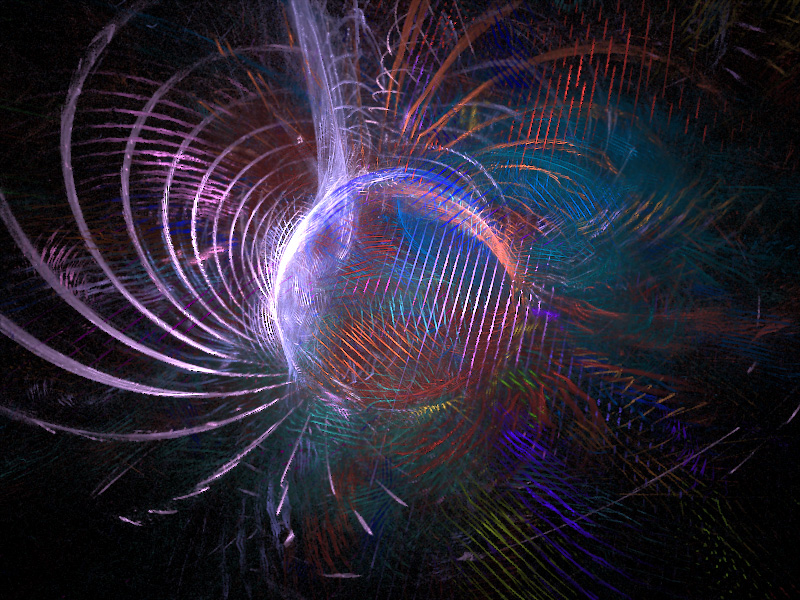Pulsars are dense, magnetic relics of massive stars, and are amongst the most extreme objects in the Universe. Originally detected through their radio emission, pulsars are now known to also emit other types of radiation. Some of this emission is standard thermal radiation – the type that everything with a temperature above absolute zero emits. But in pulsars, non-thermal radiation can also be created by synchrotron emission and curvature emission. Both processes involve charged particles being accelerated along magnetic field lines, causing them to radiate light that can vary in wavelength from radio waves to gamma-rays.
This year, Torres developed a model that combined synchrotron and curvature radiation to predict whether pulsars detected in gamma-rays could also be expected to appear in X-rays.
Despite the extreme precision of the observations, and the underlying complexity of the processes involved, just four physical parameters suffice in his model to fit the spectrum of all gamma and/or Xray pulsars known, disregarding whether they are normal or millisecond pulsars, detected in X-rays or gamma-rays or both.
When analyzing the fits for all pulsars, relevant correlations of the model parameters appear, explaining the different observational behaviors.
This model answers at once what process is behind the emission spectra and how the spectral variety arises. It explains intricacies such as why we have detected flat spectra at low and high energies. And it provides a predictive tool by which to identify new X-ray pulsars.
Torres also partnered with a team led by his former postdoc Jian Li, to select three gamma-ray emitting pulsars that they expected, based on the model, to shine in X-rays. Not only did they detect X-ray pulsations from all three of the pulsars searched, but they also found that the spectrum of Xrays was as predicted.
This discovery already represented a significant increase in the total number of pulsars known to emit non-thermal X-rays and help us better comprehend the interaction between particles and magnetic fields in pulsars and beyond.
This text is based on ESA, ICE, Athena, INTEGRAL, and CSIC press releases.
References
